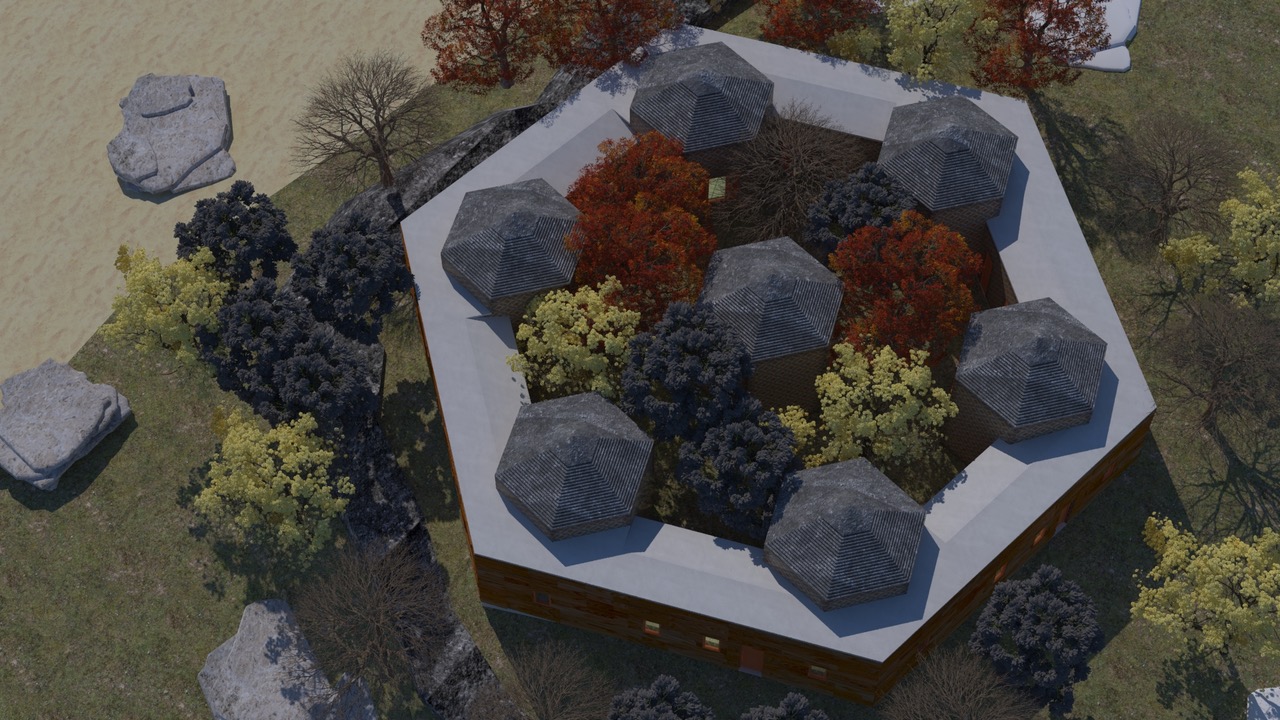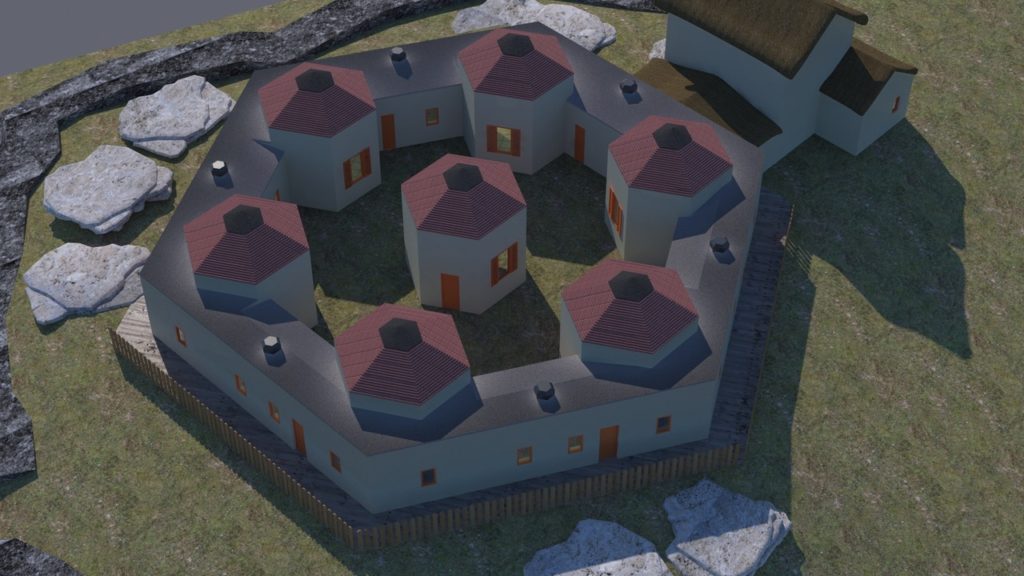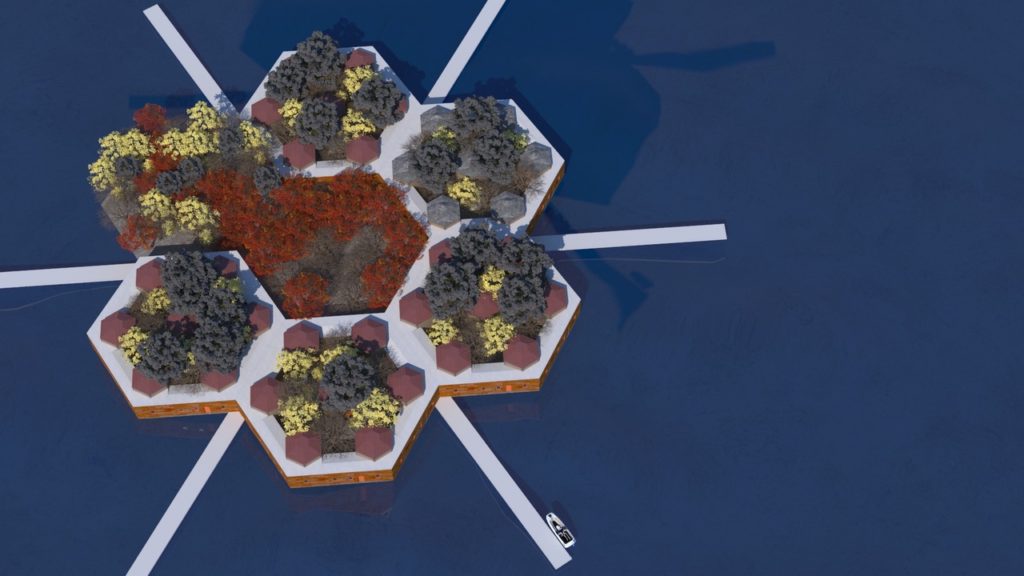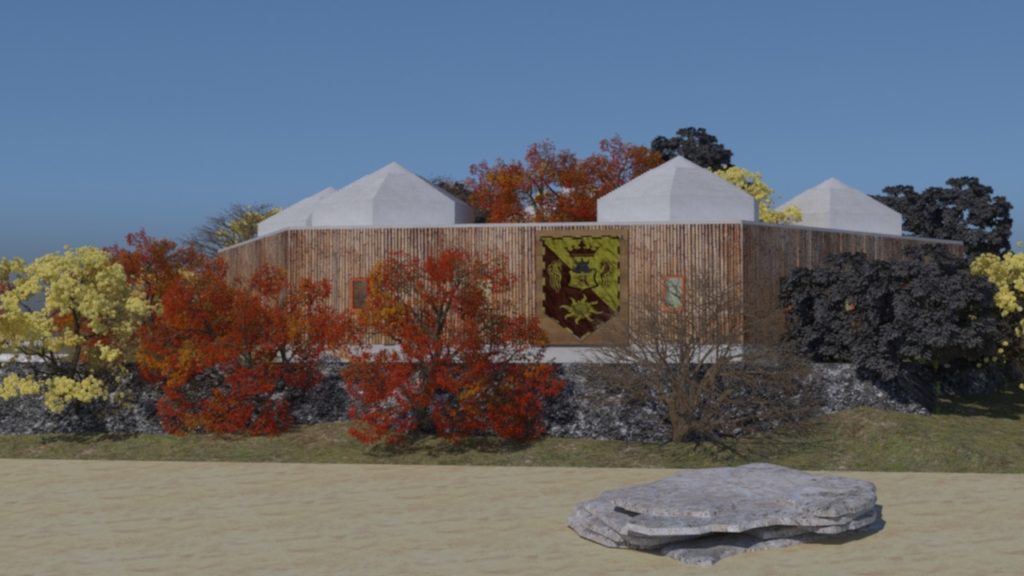
It was 54 years ago when Carlo Milessa first unveiled his innovative way of building houses to the National Home Show in Toronto.
At that time, his novel approach to architectural housing design was not particularly lauded, nor did it garner the support that he had anticipated.
But that was then, and today his visionary concept, entitled Milessa Modules, seems poised to find its appropriate niche in an ever-changing world.
“Back in 1963, developers were not interested,” says Milessa, who is kickstarting his project, hoping to appeal to a modern industry, fully supportive of sustainable initiatives. “People back then said ‘shelve it’ or ‘it’s ahead of its time.’
“Now, with climate change concerns magnified, I believe it’s time to try again.”
Milessa Modules is a ground-breaking hexagonal housing cluster concept based on a geometric theorem that Milessa conceptualized and copyrighted all those years ago. The first image that comes to mind when looking at drawings is a honeycomb.
His concept involves having six hexagonal buildings arranged in a large hexagonal shape, all connected by outside walls, with a seventh building placed in the centre of a courtyard.
What this does is allow one cluster of buildings to be easily linked to another to create a honeycomb network of self-contained spaces where each modular building could be customized for a different function. Moreover, this type of modular building could be mass-produced, and disassembled and reassembled as well, much like a LEGO effect.

“If you can build one, you can build many,”Milessa says. “Mass production of the modular buildings would significantly lower the cost compared to traditional housing options. This would make the modules appealing to both Canadian and international markets.
Milessa’s foresight extended to other forms of consumer trends, as well. Case in point? Housing in general.
“Large houses will soon go the way of large cars,” he’s said, forecasting the gradual shift in preference. “We’ve seen consumers go for compact, environmentally-friendly, fuel-efficient vehicles; in my opinion housing will follow the same trend. It’s happening already.
“Milessa Modules are just the thing to pique homebuyer interest.”
The hexagonal modular setup can be utilized in many ways. Milessa says housing units, holiday rentals, greenhouse, retirement communities – even summer camps – would be ideal common-sense fits for Milessa Modules. He stresses that the unit’s hexagonal shape allows for more efficient use of space, but what really creates a winning alternative to traditional housing are the green building features.

Many of his ideas were met with dubious reactions back in the Sixties, but seem to be the status quo in 2017. He points to the use of gardens, rainwater collection systems, natural light and solar panels as examples of how developers can maintain an eco-friendly and cost-efficient operation.
“Plus, the spaces between rooms would be glass enclosures,” he explains. “On sunny days in the winter you would have natural heat. So you don’t spend money on heating. In the summer, you might have more shade, and less use for air-conditioners.
“If you cover the courtyard with a canopy of plants, you would add to the shade and get good quality fresh air in the summer months. “

Keeping in line with his think-outside-the-box mentality, Milessa speculates on other positives that could be derived by utilizing Milessa Modules.
“Right now I am exploring the advantages of variable geometry architecture in planning a modular components synthetic biosphere for a future space academy,” he says. “They could be used for space farms to feed scientists, deep space exploration or storage units for space-based mineral reserves. There’s also the fact that an air pocket can ben created if the module is turned upside down in the water. This could turn into development of a subsea wellhead maintenance and ocean floor exploration platform, where rare minerals could be accessed.
“I am also concentrating on the rain harvesting feature. This could capture rainfall in cisterns and create small artificial lakes. That could be very impactful for the dry regions of the world.”
Did you know?
Carlo Milessa first built a prototype of the modular building on an island in Northern Ontario in 1967 to support his geometrical theorem. The prototype was used as a summer camp by a Toronto-based Italian club, and then as a cottage by Milessa and his family, before its eventual sale to a private buyer.
Milessa has been in talks with companies in China, Malaysia and India regarding possible furnishing options for the modules.
Additionally, a book on Milessa Modules, authored by Milessa, can be found in various university libraries, including the University of California, Los Angeles